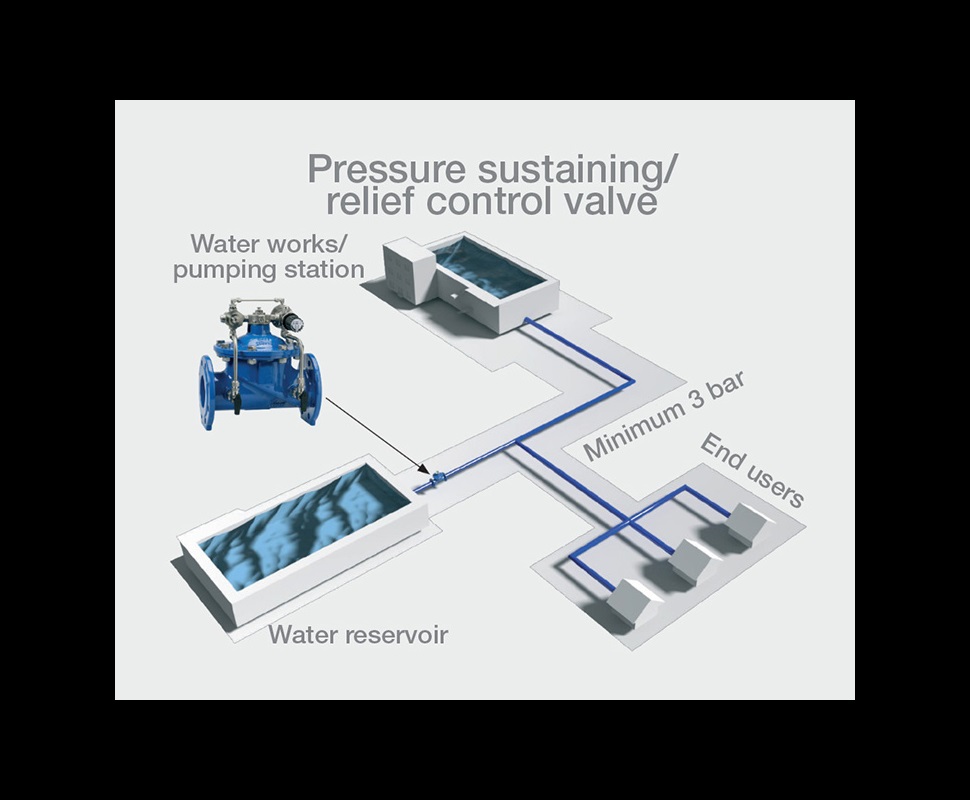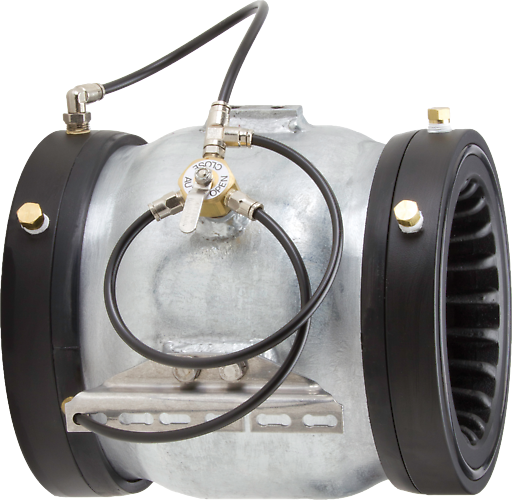
Maximize Energy Financial Savings and Convenience With Advanced Structure Automation Controls
In the world of contemporary style and center monitoring, the assimilation of sophisticated building automation regulates stands as a pivotal development. The merging of innovation and sustainability has birthed a brand-new era where power efficiency, convenience optimization, and operational streamlining are no more remote aspirations yet attainable truths. By using the power of automation, structures can adapt, respond, and advance in means that were when unbelievable. The capacity for considerable power savings and enhanced comfort is not just a possibility but a promise waiting to be met. This standard shift in structure administration holds the crucial to opening a globe where ecological conscientiousness and passenger well-being sympathetically exist side-by-side within the wall surfaces of our structures.
Power Effectiveness Conveniences
Power efficiency benefits can substantially minimize energy intake and functional prices in structures. By applying energy-efficient methods and technologies, structure owners and operators can attain substantial savings while also contributing to ecological sustainability. One of the key advantages of improving energy effectiveness in buildings is the decrease of energy bills. Energy-efficient systems, such as sophisticated building automation controls, can enhance making use of sources like lighting, cooling, and heating, leading to lower power expenses over time.
Furthermore, enhanced power effectiveness can extend the life expectancy of structure devices and systems. By running a lot more efficiently, HVAC systems, lighting fixture, and various other building components experience much less damage, causing reduced maintenance and substitute costs. In addition, energy-efficient structures frequently command greater property worths and rental rates, offering long-term monetary advantages to owners.
Moreover, energy effectiveness can boost passenger convenience and productivity. Effectively regulated interior atmospheres with optimal lights and thermal problems create a more pleasant and conducive office, resulting in boosted employee fulfillment and performance. On the whole, the energy effectiveness advantages connected with advanced structure automation controls are multifaceted, including expense financial savings, environmental stewardship, and owner well-being.
Enhanced Convenience Control
Enhancing comfort control in structure settings needs an innovative combination of advanced automation systems for optimum passenger wellness. By utilizing innovative building automation controls, facilities can customize the indoor setting to satisfy the details demands and preferences of owners. control valves.
By incorporating these innovative controls, buildings can not just enhance convenience yet additionally enhance power effectiveness by optimizing system operations based on actual tenancy and use patterns. Ultimately, prioritizing passenger convenience with sophisticated automation systems leads to a much more delightful and healthier interior setting.
Operational Effectiveness Improvements

Additionally, the application of real-time surveillance and analytics devices allows building drivers to identify energy inefficiencies and functional abnormalities immediately. By continuously checking power use patterns and system efficiency metrics, adjustments can be made in real-time to maximize energy intake and ensure peak operational performance. control valves. Furthermore, integrating demand reaction techniques into structure automation controls can further improve functional effectiveness by dynamically readjusting power usage based on grid conditions and pricing signals
Indoor Environment Optimization
Effective interior climate optimization is a fundamental element of structure automation controls, making certain passengers' convenience and health while making the most of power savings. By making use of advanced sensors and controls, building automation systems can continually readjust and monitor blog temperature level, humidity levels, air top quality, and air flow to create an optimum indoor atmosphere. Preserving comfortable and consistent problems not just improves passenger complete satisfaction but also increases performance and overall health.
Indoor climate optimization also plays a critical function in energy effectiveness. By fine-tuning click to read home heating, air flow, and air conditioning systems based on real-time information and occupancy patterns, developing automation controls can dramatically reduce energy intake - control valves. Applying techniques such as demand-controlled air flow and thermal zoning can help reduce energy waste while guaranteeing that each location of the structure gets the needed conditioning.

Lasting Setting Production
Structure automation manages not just maximize indoor environment problems for energy effectiveness and passenger comfort yet additionally lay the structure for producing a sustainable environment through calculated management of sources and systems. By incorporating innovative building automation innovations, such as sensors, actuators, and smart software, centers can keep track of and adjust energy use in real-time to minimize waste and reduce their carbon footprint. These systems enable anticipating upkeep, determining prospective problems prior to they rise and maximizing tools efficiency to enhance long life and efficiency.
Moreover, lasting setting development prolongs past power monitoring to include water conservation, waste decrease, and interior air top quality improvement. Building automation controls can control water use, discover leaks, and guarantee appropriate waste disposal practices, adding to overall sustainability initiatives. In addition, by checking and controlling air flow and purification systems, these modern technologies improve occupant health and wellness and productivity while decreasing power usage related to heating and cooling operations.
Verdict
Finally, see post advanced building automation regulates offer significant benefits in regards to power cost savings, convenience control, operational performance, indoor environment optimization, and creating a sustainable setting. By implementing these controls, buildings can accomplish optimum performance while minimizing power usage and enhancing occupant convenience. It appears that using innovative automation modern technology is essential in improving building performance and producing a more sustainable future.
Energy efficiency benefits can considerably minimize power consumption and operational costs in structures. In general, the energy efficiency advantages associated with sophisticated structure automation controls are diverse, encompassing cost financial savings, environmental stewardship, and occupant wellness.
Additionally, integrating need reaction methods right into building automation controls can better improve functional effectiveness by dynamically readjusting power usage based on grid conditions and pricing signals.
Structure automation manages not just maximize interior climate conditions for energy performance and owner convenience but also lay the foundation for creating a sustainable setting via tactical management of systems and sources.In verdict, advanced structure automation regulates deal significant advantages in terms of energy financial savings, convenience control, functional efficiency, indoor climate optimization, and creating a sustainable setting.